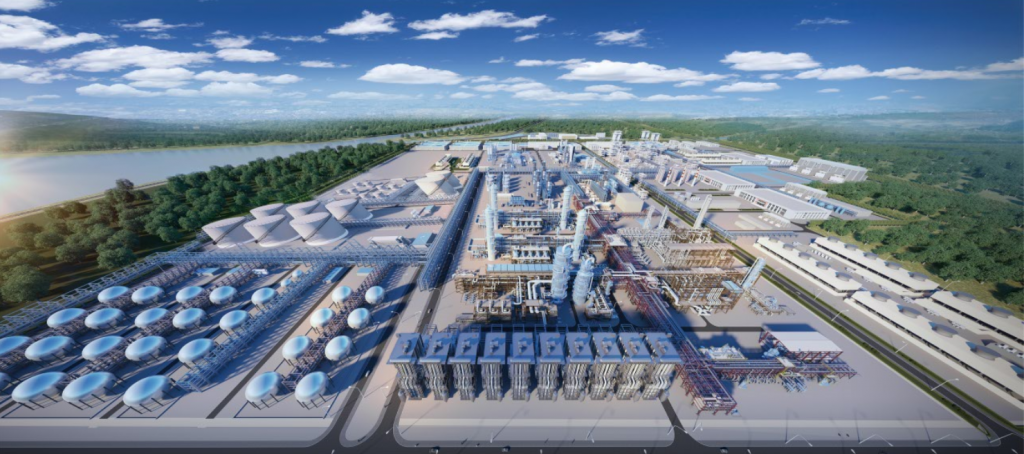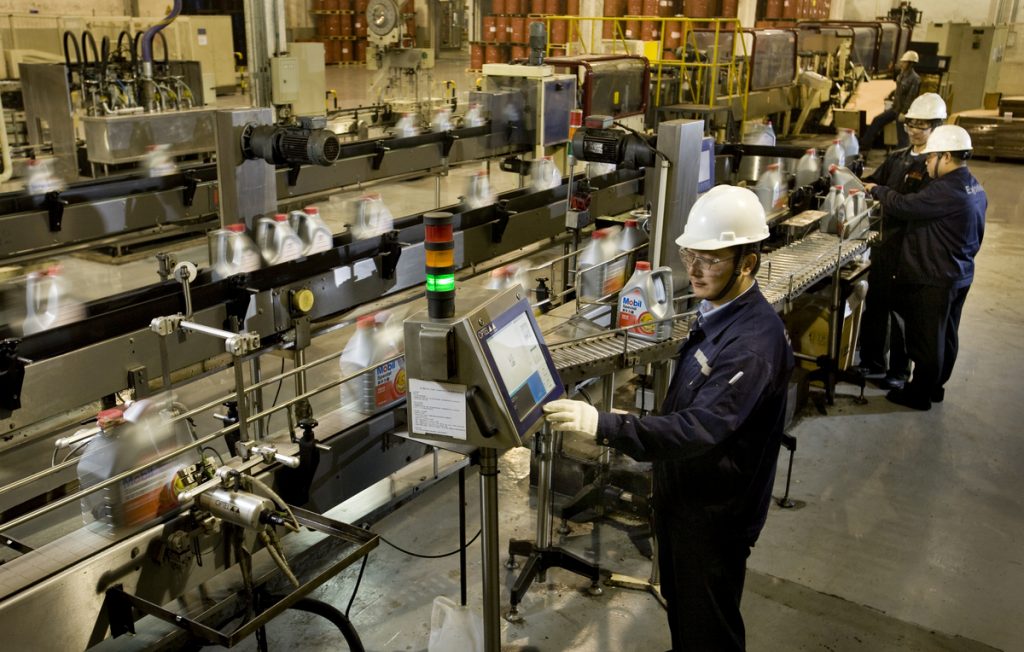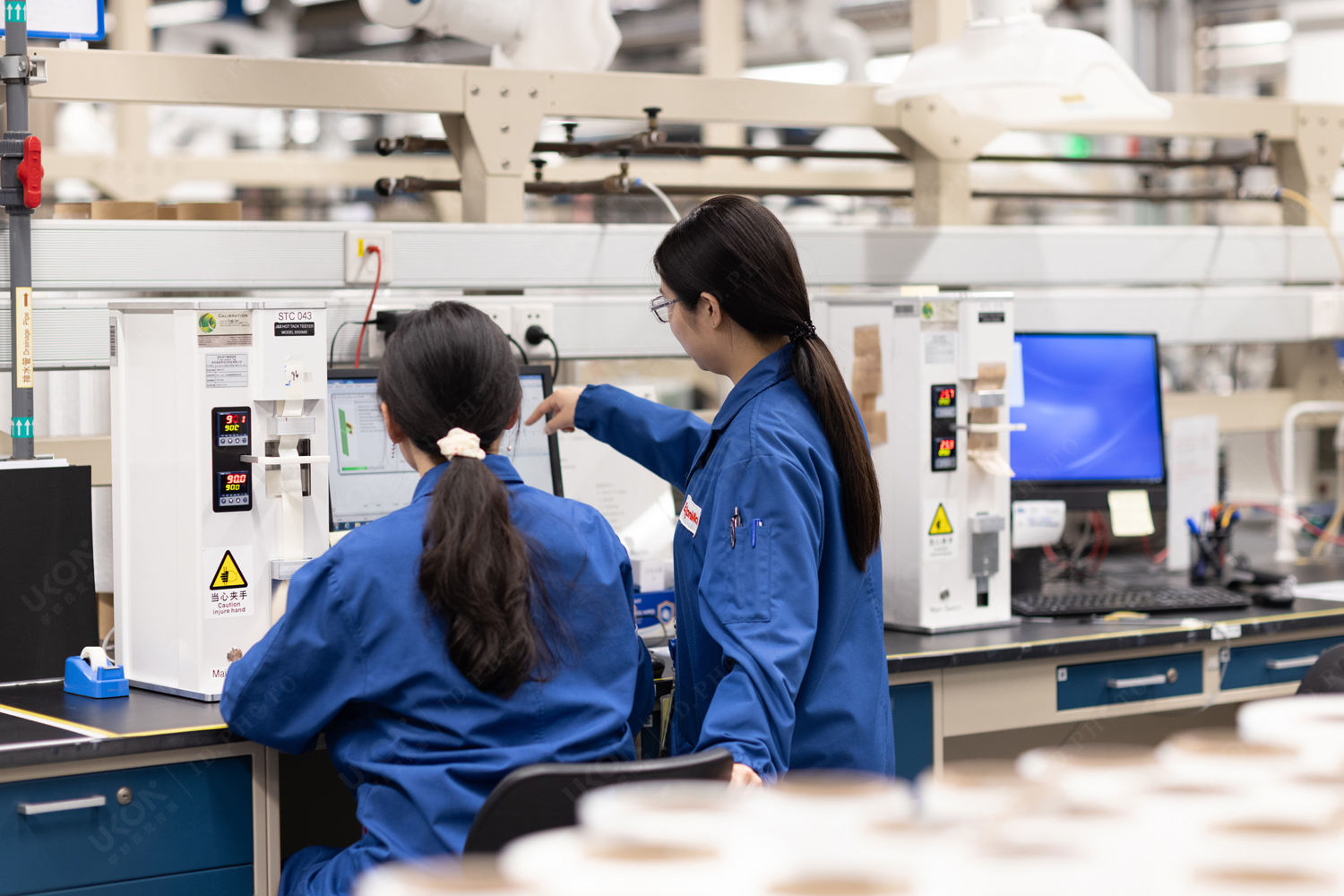The country was one of the few to grow its energy demand in 2020, driven by an economic recovery of 18.3 per cent growth in the first quarter of 2021, powered in part by its manufacturing and industrial sectors.
As the country returns to this growth path, its demand for high-quality industrial products continues to ramp up.
China’s ability to meet its growing industrial demands has been bolstered following a series of foreign investments including ExxonMobil’s investment in the country’s chemical-making capabilities.
ExxonMobil has made a final investment decision to proceed with a chemical complex at the Dayawan Petrochemical Industrial Park in China’s Guangdong Province.

The multi-billion dollar investment in the Dayawan Complex will help meet China’s growing needs.
This investment decision is expected to help meet China’s need for the high-performance chemicals used to make packaging, hygiene, automotive and agricultural products.
“The projects will supply high-quality products needed to help meet the growing demand in China and contribute to the economic and social development of local communities,” ExxonMobil China lead country manager Fernando Vallina said.
The company has also just completed a multi-million dollar expansion of its lubricants plant in Tianjin, comprising a new Mobil 1 filling line, two 150 kilolitre finished product tanks and associated facilities.

The Tiajin plant’s new lubricants line will help supply more Mobil 1 lubes to Chinese consumers.
The new facilities also support China’s broader petrochemical development goals, which have a focus on self-sufficiency, diversifying the nation’s feedstock sources and advancing its technological capabilities.
ExxonMobil has operated in China for more than a century, with its current business interests including a presence in downstream, chemicals and liquefied natural gas.
Manufacturing milestones
“This is a historic milestone for our company in China, one that signals our continued commitment to significantly grow our presence in the country,” Vallina said.
Vallina went on to say that with more than 100 years of operations in the country, China continues to be a long-term strategic focus for ExxonMobil, and the decision is another for the company’s megaprojects in the country.
He added that that the Dayawan development will also generate new jobs for thousands of people.
“The project will create approximately 700 full-time and 4,000 indirect jobs during operations and more than 20,000 jobs during peak construction,” Vallina said.
“A major manufacturing site in China will also provide increased career development and growth opportunities for our China-based employees.”
Construction has already begun on the Dayawan project, which includes building a steam cracker capable of making 1.6 million tonnes of petrochemical products annually, as well as five different polymer lines.
Right place, right time
The expansion of the Tianjin plant’s capacity also plays a role in helping meet increasing demand for high-end lubricants from customers in the Chinese market.
Vincenzo Auriemma, North Asia Pacific lubricants operations manager of ExxonMobil (China) Investment, said the Tianjin expansion project was completed within seven months and will help increase lubricants supply for Northern and Western China.
“The new filling line and storage tank project will bring the filling line of ExxonMobil’s flagship lubes product Mobil 1 to Tianjin, to increase the production and supply of high-end products here to help meet China’s growing demand for advanced lubricants,” Auriemma said.
The plant also features laboratory analysis and testing instruments, blending facilities, automatic continuous batch blending kettles, continuous grease production lines, high-speed filling lines and fully automated packaging facilities.
As part of ExxonMobil’s commitment to advancing low carbon solutions, both of the new projects feature industry-leading technology designed to improve energy efficiency across the supply chain, allowing the company to produce more products using less energy.




